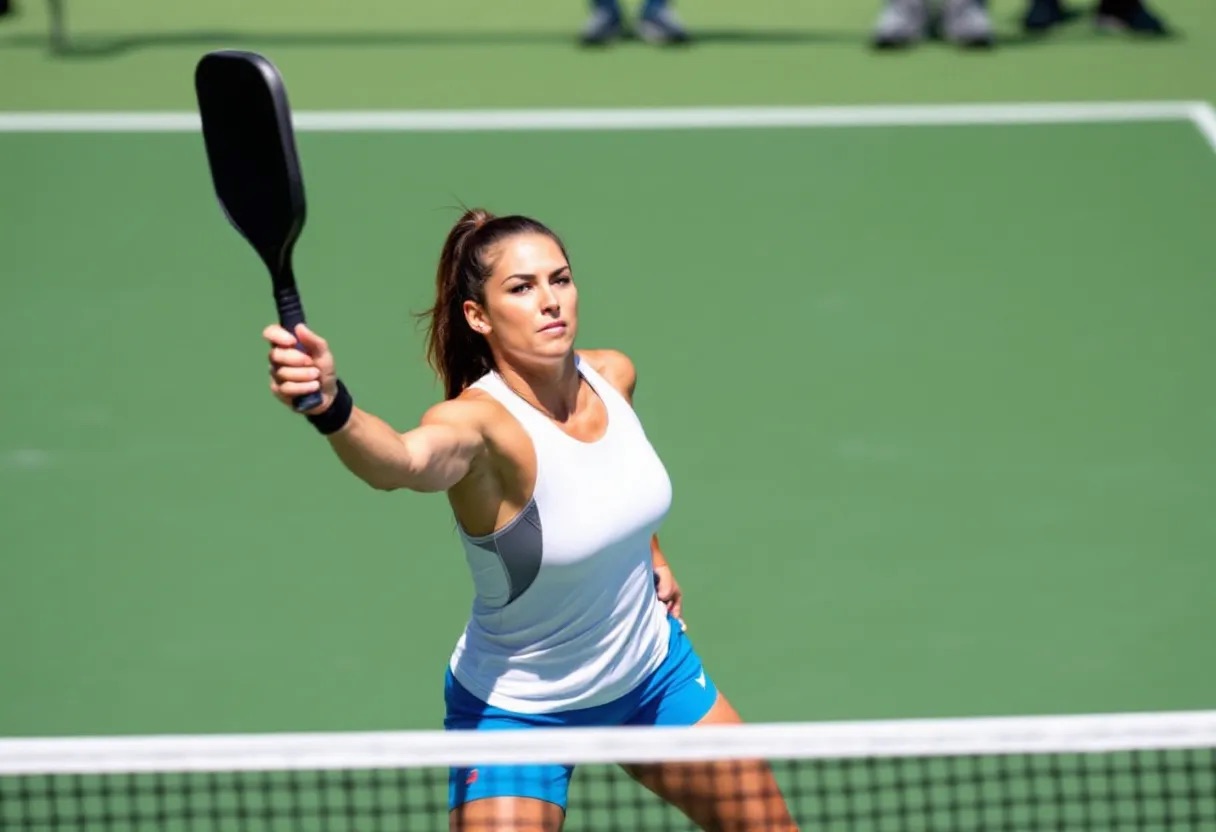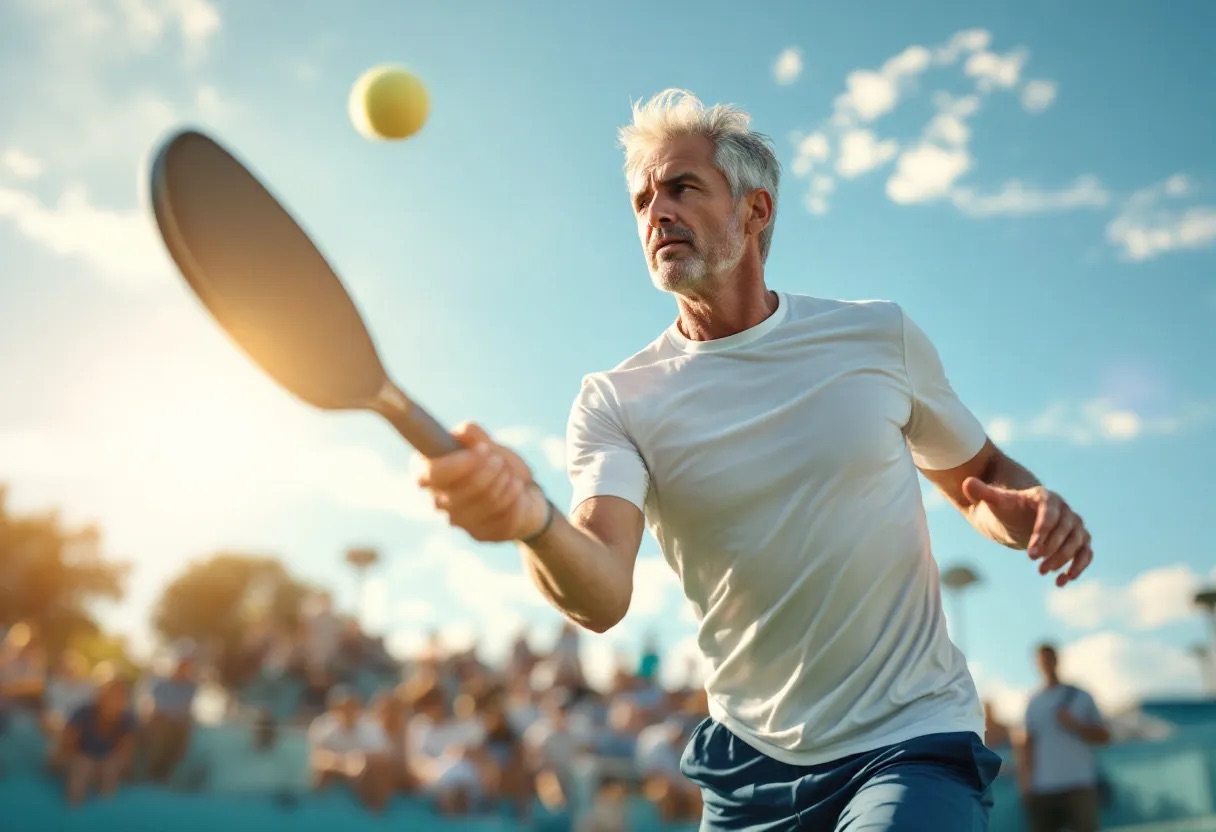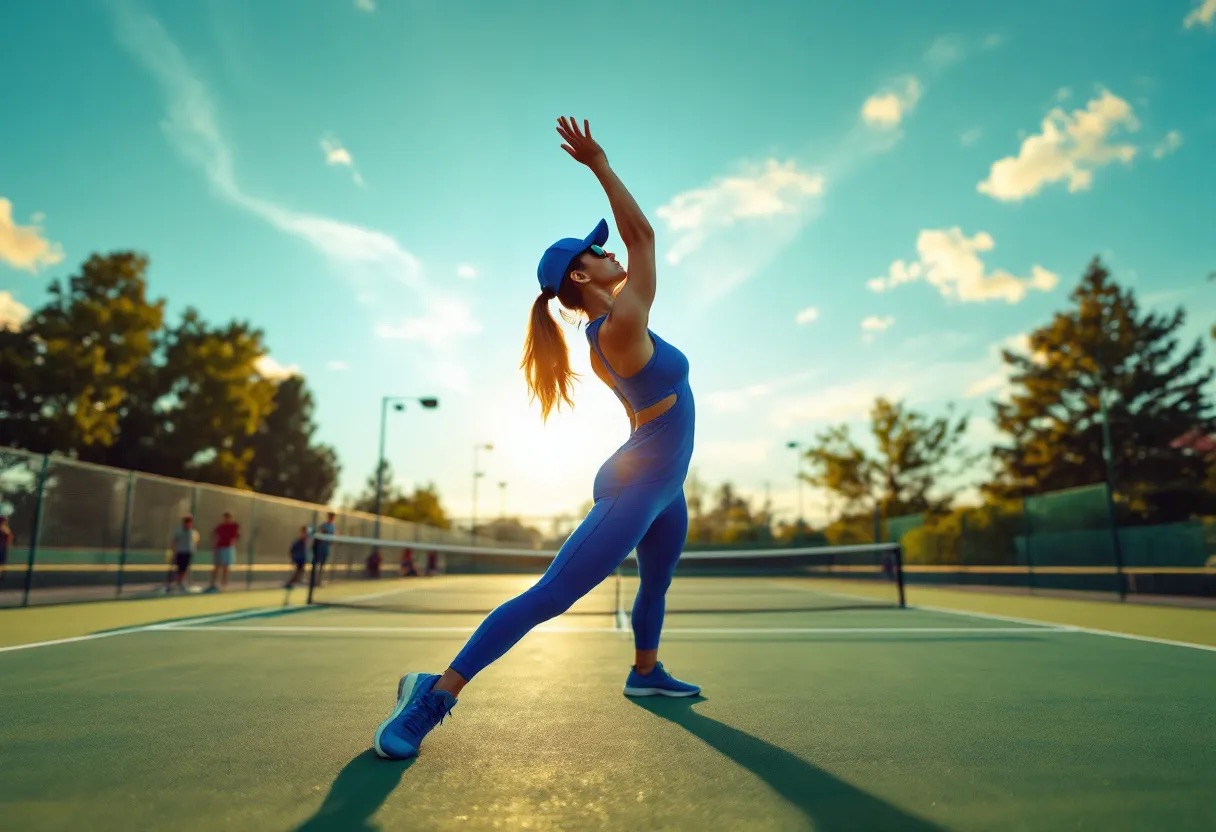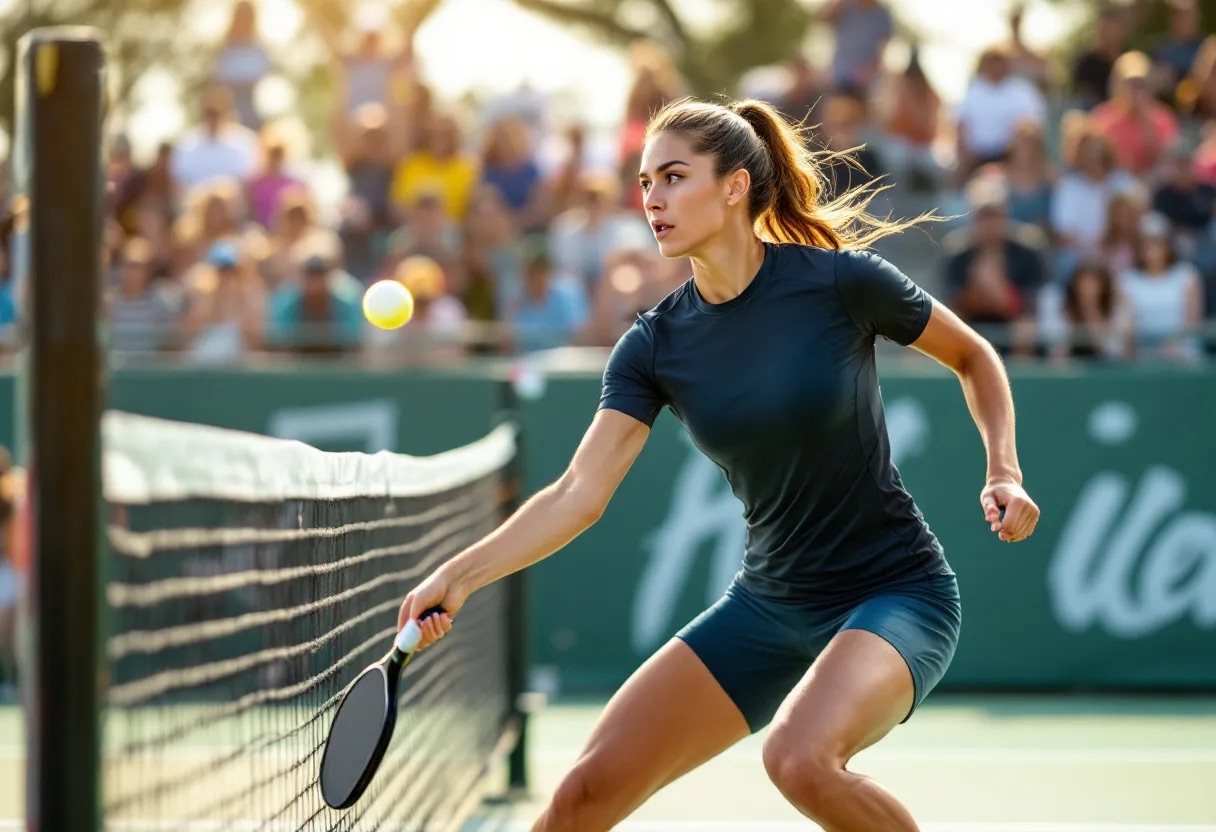
Is Pickleball Harder on the Body Than Tennis? (A Comprehensive Guide)
Pickleball is generally considered to be less physically demanding and harder on the body in different ways compared to tennis, but it is not entirely devoid of physical strains.
Key Takeaways
This guide explores the physical demands, injury risks, and benefits of each sport to help you determine which one may be better suited for you.

Physical Demands and Court Dynamics
The physical demands of pickleball and tennis differ primarily due to the size of the court and the required movements. Pickleball is played on a smaller court, which means players do not have to cover as much ground. This reduction in court size can translate to less strain on the legs, ankles, and feet compared to tennis, where players must navigate a much larger playing area.
However, the smaller court does not necessarily mean lower intensity. Pickleball requires quick reflexes, frequent direction changes, and agility, which can be taxing on the body.
On the other hand, tennis typically involves more running and sustained cardiovascular activity. Tennis players often reach higher peak heart rates than pickleball players, and the longer rallies and heavier rackets used in tennis demand more from the core and upper body.
Below, we break down the physical dynamics of each sport.
Court Size and Movement
Intensity Levels
Additional Resources Explore our range of products designed to support knee health: Injury Risks and Body Impact
Both sports come with their own set of potential injuries. Tennis players often experience more severe injuries due to the high-impact nature of the sport and the physical strain associated with overhead serves and sudden directional changes. Common injuries in tennis include shoulder problems, lower back pain, and ankle sprains.

The need for explosive starts and stops during play can put significant pressure on joints, leading to these types of injuries.
Pickleball, while generally considered lower impact, is not without risks. Quick lateral movements, sudden stops, and repetitive motions can lead to injuries such as sprained ankles, shin splints, and knee issues like patellar tendinitis or meniscus tears. Although the equipment is lighter and the movements less intense, the sport still places stress on key joints, particularly for those who play frequently or have pre-existing conditions.
Common Injuries
Age-Related Considerations
Age can significantly affect how each sport impacts the body. Pickleball is often easier on aging bodies compared to tennis due to the smaller court size and lighter equipment, making it a popular choice for older adults. In contrast, tennis can be more demanding, particularly for older players, because of the larger court and more intense physical movements.
Adjustments like modifying play frequency or intensity can help older players in both sports reduce their risk of injury.
Health Benefits and Adaptability
Despite the risks of injury, both pickleball and tennis offer significant health benefits. Playing either sport regularly can lead to improved cardiovascular health, enhanced muscle strength, and better mental well-being due to the social aspect of the games.
For many, the choice between pickleball and tennis comes down to the intensity of the workout they prefer and their physical capabilities.

Pickleball may be more appealing to older adults or individuals recovering from an injury because it is less physically demanding compared to tennis. The smaller court and lighter equipment make it more accessible to a wider range of players.
However, both sports require players to be mindful of their bodies and adjust their play style as needed to avoid injury and sustain long-term participation.
Injury Prevention and Recovery
To minimize injury risks and maximize the health benefits of either sport, proper preparation and recovery are crucial. Warming up before playing is essential to avoid injuries, and cooling down afterward helps maintain flexibility and reduce muscle stiffness.
For older players or those with a history of injuries, giving the body adequate time to recover after intense sessions is key to staying injury-free.
Preparation and Recovery Tips
Choosing Between Pickleball and Tennis
Ultimately, the decision between pickleball and tennis depends on your fitness level, health conditions, and personal goals. Tennis provides a higher-intensity workout with more running and overall cardiovascular exertion, making it ideal for those looking for a physically demanding sport. Pickleball, on the other hand, is great for those who want a fast-paced but less intense experience with a focus on quick reactions and short bursts of activity.

When choosing which sport to play, it's important to consider your current fitness level and any pre-existing injuries. Both sports offer enjoyment and physical activity, but understanding their demands will help you make an informed decision that suits your needs.
Key Considerations
Closing Thoughts
Understanding the physical impact of either sport and taking steps to prevent injuries will ensure a safe and enjoyable experience.
Whether you choose tennis or pickleball, focusing on proper technique, gradual progression, and consistent injury prevention practices is essential to long-term enjoyment and physical health.
Explore our range of sports products designed to support knee health:
More Great Rent A Knee Walker News & Stories
- •
- •
- •
- •
- •
- •

